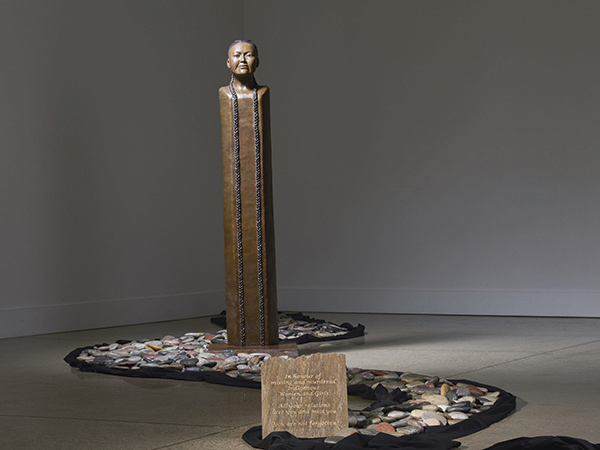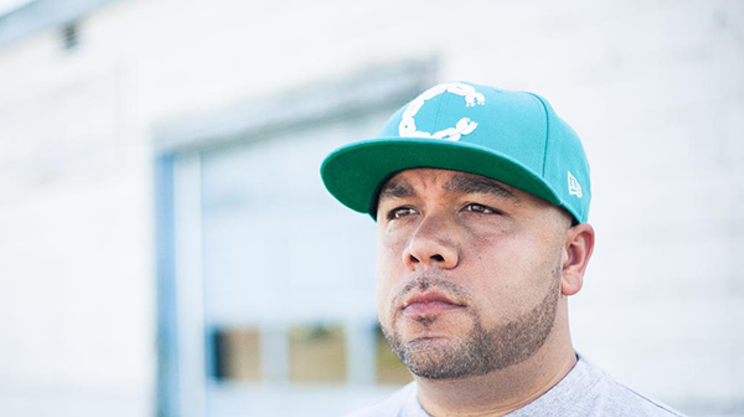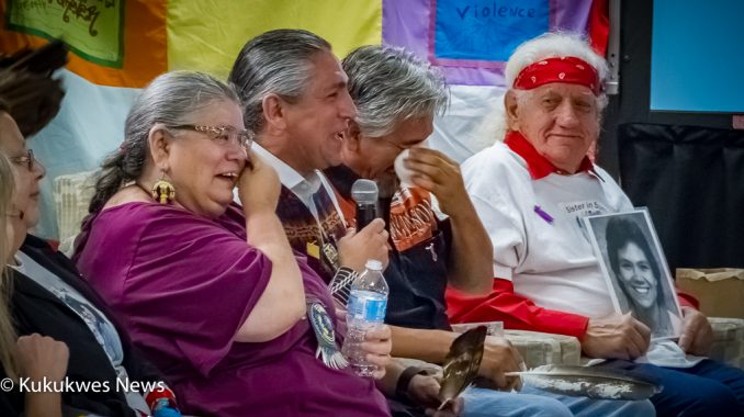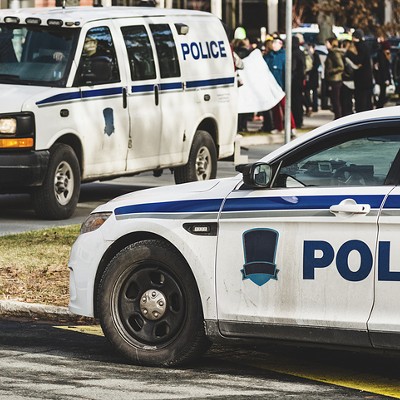After two-and-a-half years the National Inquiry into Missing and Murdered Indigenous Women and Girls released its final report June 3, laying out the role that all levels of Canadian government play in the race-and-gender-based crisis that is facing and has faced Indigenous and Inuit women. It calls for immediate transformative legal and social changes to systemic violence against Indigenous women, girls and 2SLGBTQQIA people.
The report presents the stories and truths behind acts of genocide against these communities. "It truly is a genocide," says Nova Scotia Native Women's Association president Lorraine Whitman. "This is a cultural genocide, one that is added up and accumulated over the years."
The two-year, $92-million report found Indigenous women are 16 times more likely to be murdered or missing than white women. And according to RCMP reported incidents, the crisis has claimed 1,181 Indigenous lives between 1980 to 2012.
The report included public testimonies from all over Canada, including Mi'kmaq community members in Membertou First Nation in Cape Breton and in Halifax.
The 1,200-page report, released in two volumes, mentions Nova Scotia's dotted history and current conditions, including failed housing and relocation efforts, like what happened in Eskasoni, Cape Breton. Between 1942 and 1949, over 2,000 Mi'kmaq were "pressured to relocate to Eskasoni or to Shubenacadie" in a centralization effort to curb administrative costs of government services.
The relocation contributed to overcrowding and unsafe living conditions and further marginalized Mi'kmaq women, the report continues. Often, three to four families would live in one, uninsulated house.
"People had to leave from their immediate families," Whitman says. "We have to recognize the continuous impact of this centralization."
Today, government intervention has only exasperated the dire situation in Eskasoni. Sex and drug trafficking, domestic violence and poverty are all symptoms of centralization the report says, and according to the 2016 Report Card on Child and Family Poverty in Nova Scotia, about 75 percent of Eskasoni children live in poverty.
Whitman says the emotional trauma of the relocation caused a ripple effect through generations, saying emotional trauma can manifest in many ways including mental illness, addiction and prostitution–all situations that place Indigenous women in dangerous situations.
"You don't wake up and say you want to be a prostitute," Whitman says. "You wake up and you want to have a fulfilling life for you and your children."
The national inquiry report also focused on issues facing Nova Scotia's urban Indigenous population. Testimony in the report from a Halifax-area Indigenous woman says she's lived in unsafe public housing conditions, which has placed her and other Indigenous women in situations where they may be murdered or go missing.
"The back door...was insecure, so like the wind could blow it in, and stuff, and it was like that the whole five years," Rebecca M. said about her Halifax apartment. "'You know, it's–it's me and my sister, my younger sister, like, we're young women and we live on our own, and you know, it's really unsafe.' They never fixed it."
The report stresses the government must uphold the right to human security, including the right to safe, clean housing through continued funding and the construction of new homes. But the legwork of problem-solving falls on everyone, Whitman says. "We have to work together as one unit."
Whitman urges non-Indigenous Canadians to never forget the families who have been telling these stories for decades, and those who have been re-traumatized through the process of the national inquiry, for the betterment of Canadian society.




















